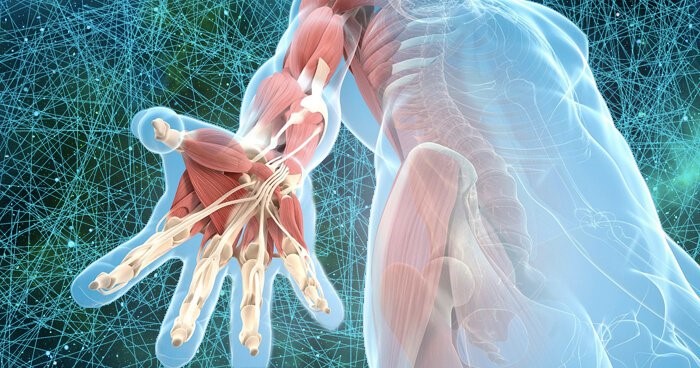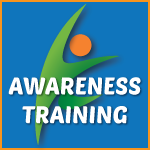Everything You Need to Know About Fascia and How to Train It

When most people think about fitness and movement, they focus on muscles, bones, and joints. But there’s an unsung hero that holds it all together: fascia. Understanding what fascia is and how to train it can revolutionize your approach to movement, flexibility, and even pain management.
What Is Fascia?
Fascia is a network of connective tissue that wraps around and runs through your muscles, bones, organs, and nerves. It’s like a web that holds your body together and allows for smooth, coordinated movement. Imagine it as a 3D matrix that provides structure, support, and flexibility. Fascia is strong, adaptable, and incredibly resilient—but it also needs care and attention.
Here’s one of the most detailed videos you’ll find on fascia
Why Is Fascia Important?
Healthy fascia is crucial for optimal movement and performance. When fascia is well-maintained, it’s supple, elastic, and glides smoothly over tissues. However, when neglected or subjected to repetitive strain, injury, or poor posture, it can become stiff, tight, or develop adhesions (knots) that restrict movement and cause discomfort. This is often a contributing factor in chronic pain, mobility issues, and even reduced athletic performance.
How to Train Your Fascia
The good news is that fascia can be trained and maintained through specific techniques and practices. Here are some of the best ways to keep your fascia healthy:
- Dynamic Stretching: Unlike static stretching, dynamic movements help warm up the fascia and increase blood flow. Think leg swings, arm circles, and torso twists.
- ELDOA and Stretching Techniques: ELDOA (Longitudinal Osteoarticular Decoaptation Stretches) specifically target fascial tension while creating space between joints. This can significantly improve posture, reduce pain, and enhance flexibility.
- Movement Variety: Your fascia craves different types of movement. Incorporating activities like dancing, hiking, or mobility exercises helps keep the fascia elastic and responsive.
- Hydration and Nutrition: Fascia needs adequate hydration to remain pliable. Drink plenty of water and consume collagen-rich foods to support tissue health.
Final Thoughts
Taking care of your fascia is just as important as training your muscles. Incorporating fascia-focused practices into your routine can help you move better, feel better, and even alleviate chronic pain. Whether through dynamic stretching, myofascial release, or ELDOA techniques, your body will thank you for giving your fascia some love.
Ways I can help you:
Movement Assessment: We can work together through personalized training sessions to help you rebuild strength, improve mobility, and enhance the quality of the fascia, thus allowing you to move better.
Body Reset Classes: Join my classes where we focus on stretching and releasing the fascia. These sessions are designed to improve flexibility, reduce tension, and promote better movement throughout your body.
